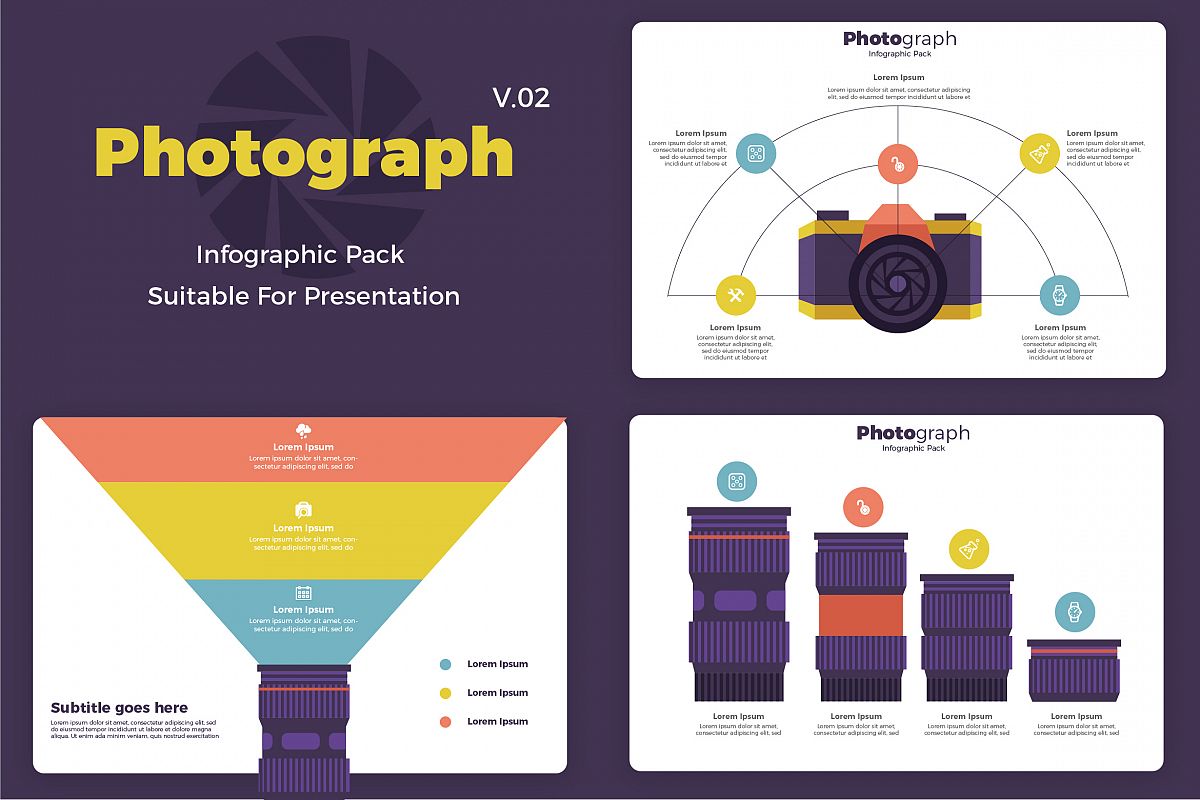Transform Your Photography By Grasping Lighting Strategies That Can Elevate Your Images-- Discover The Usual Mistakes That Could Be Holding You Back
Transform Your Photography By Grasping Lighting Strategies That Can Elevate Your Images-- Discover The Usual Mistakes That Could Be Holding You Back
Blog Article
Authored By-Rogers Godwin
As a photographer, you recognize that lighting can make or break your pictures. Understanding the subtleties of both natural and fabricated light is essential for recording the mood and clarity you aim for in your job. Whether you're chasing the excellent gold hour glow or fine-tuning your man-made setups, understanding these aspects can boost your photography substantially. But there prevail risks that many neglect, and identifying them can change your strategy to every shoot. Let's discover what you could be missing out on and how it can affect your outcomes.
Recognizing Natural Light
Understanding natural light is crucial for any type of photographer seeking to enhance their job. It's the foundation of terrific photography, influencing mood, tone, and clarity. When Get the facts fire outdoors, take notice of the moment of day. The golden hour-- quickly after sunup and before sundown-- supplies soft, warm light that can transform normal scenes right into spectacular images.
Do not take too lightly the power of cloudy days. Cloud cover diffuses sunlight, creating a soft, even light that's excellent for pictures and macro photography. You'll find shades appear this sort of lights without severe shadows.
Positioning issues, too. Constantly consider your topic's orientation to the light source. If the sunlight's behind your subject, you might wind up with a shape, which can be significant yet mightn't be what you desire. On the other hand, direct sunshine can produce uncomplimentary darkness.
Experiment with angles; in some cases, altering your viewpoint can produce fantastic results. Usage all-natural reflectors, like water or sand, to bounce light onto your subject, including measurement.
Learning Artificial Light
Mastering man-made light is necessary for professional photographers that wish to take their abilities to the following level. Whether you're making use of speedlights, studio strobes, or constant lights, understanding how to control these resources can dramatically enhance your pictures.
Start by acquainting yourself with the basics of light quality, instructions, and color temperature level. Try out different modifiers like softboxes, umbrellas, or grids to manage the gentleness or cruelty of the light.
please click the next web page 'll locate that soft light often develops flattering results, while harsher light can add dramatization and depth. Do not avoid shadows; they can enhance the three-dimensionality of your topics.
Pay attention to the positioning of your lights. A light located also close to your topic can produce uncomplimentary results, while also away can lead to a lack of detail. Utilize a light meter or your camera's histogram to ensure you're subjecting appropriately.
Last but not least, keep in mind that man-made light can be mixed with ambient light for innovative effects. Stabilizing these sources may take technique, but once you understand it, your digital photography will really radiate.
Techniques for Various Circumstances
When you step into different capturing situations, adjusting your lights strategies is essential for recording the best images. For exterior portraits, use the golden hour-- early morning or late afternoon light-- to soften shadows and enhance skin tones.
If it's a rough lunchtime sun, think about utilizing a reflector to jump light back onto your topic or seek shaded locations for an extra also direct exposure.
In low-light situations, like indoor events, increase your ISO and use a wide aperture to allow in more light. A tripod can help get rid of video camera shake, permitting longer direct exposures without obscuring.
If you're shooting at evening, try out off-camera flash to produce dynamic lighting and deepness in your images.
For item digital photography, make use of diffused lighting to avoid extreme representations. Softboxes or light tents can help attain this result.
When photographing landscapes, take into consideration the direction of light and time of day, as it can significantly alter the mood of your shot.
Constantly prepare to adjust your settings and positioning based on the situation, as flexibility is essential to grasping lights in digital photography.
Final thought
In conclusion, mastering lights is vital to raising your photography skills. Embrace all-natural light's appeal throughout gold hour, and do not avoid experimenting with artificial light methods. By adjusting your method to different scenarios, you'll record magnificent pictures that reverberate with emotion and clearness. Bear in mind, the best lights can change a regular shot into something phenomenal, so keep practicing and fine-tuning your understanding of both all-natural and man-made light. Delighted shooting!
